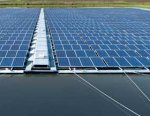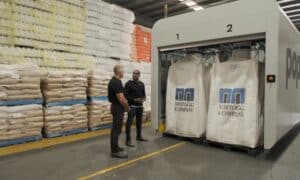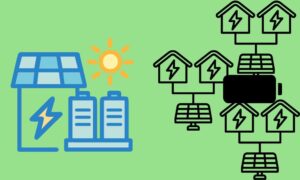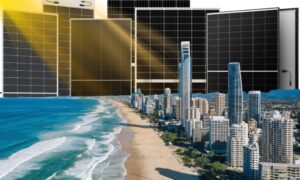Farm dams can be put to work to host floating solar farms that not only create clean, renewable electricity, but also reduce water evaporation.
One of the criticisms of ground-mount solar farms is the amount of space they occupy. In rural areas, this could mean land suitable for agriculture sometimes being used to produce electricity instead of food.
One answer is better utilisation of rooftop real estate through roof mounted solar power systems on farm buildings. Another is to utilise farm dams as a platform for solar panels.
We’ve written about floating solar farms in the past – an Australian company announced a deal in March with India energy giant Tata Power for the construction of floating solar farm in India by the end of this year. Another company, Israel-based Solaris Synergy, is currently developing what it calls the Floating Concentrating Photovoltaic (F-CPV) system.
Another system announced earlier this year was the “Floatovoltaics” concept by SPG solar, the second generation of floating solar farm solutions produced by the company. It not only provides clean electricity, but also reduces water evaporation up to 70% and the shading improves water quality by reducing algae growth. The water below the panels also helps cool the modules, which results in improved power output by around 1% says the company.
Forbes has an article on a winery in California’s Napa Valley that is using SPG’s Floatovoltaics system – and from the air it looks to be quite an impressive sight.
How such systems would stand up to Australian conditions where farm dams often run dry, leaving a boggy mess at the bottom, is not known – however, by reducing evaporation dramatically, perhaps this situation can be avoided in all but the most extreme droughts. SPG’s system also has a number of cables securing the array to the dam sides, which may prevent the racks from ever touching the base of the dam.
According to information from Australia’s National Program for Sustainable Irrigation, as much as 40% of water stored in a farm dam can be lost through evaporation, depending on the depth of the dam and its surface area.














































